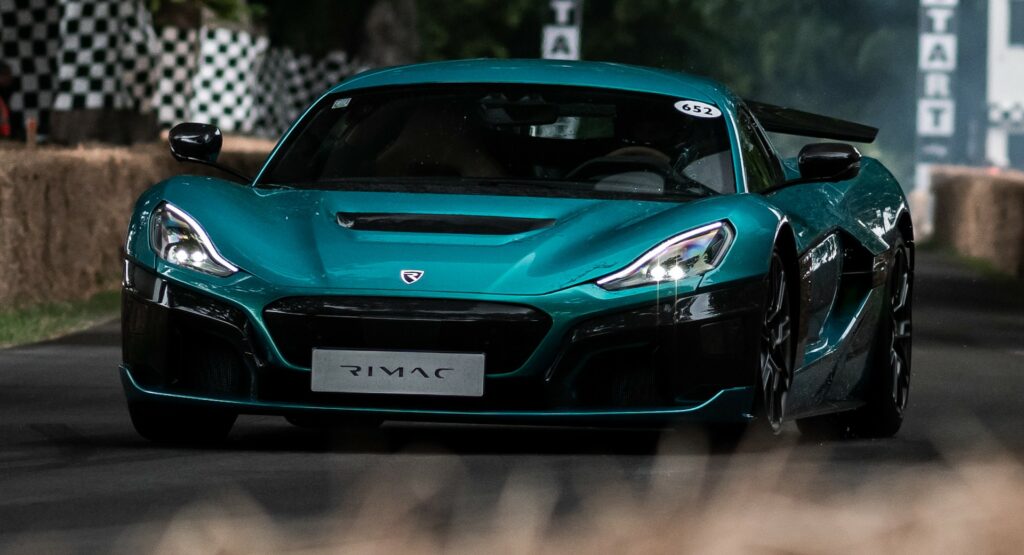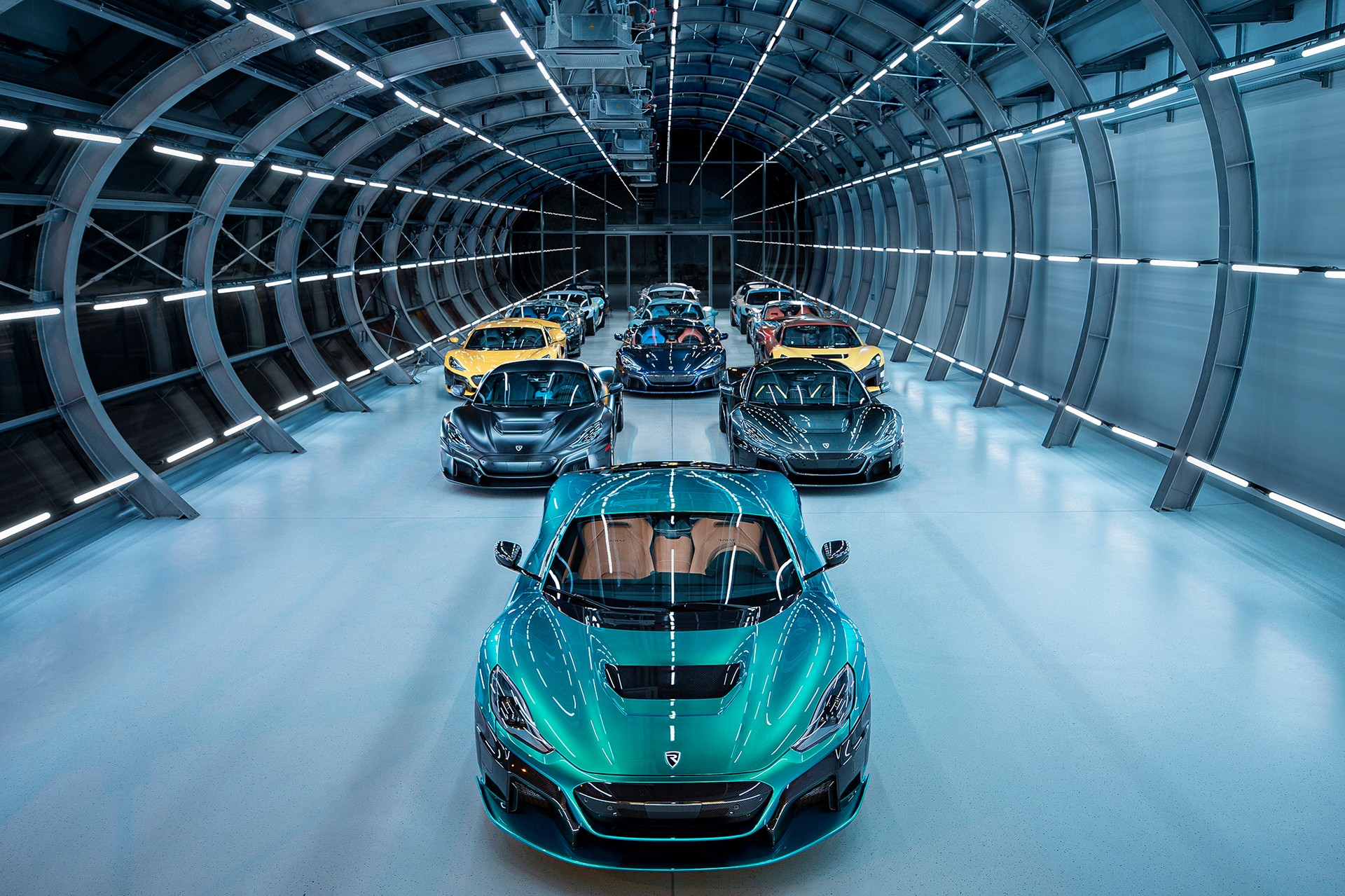Rimac is working on a new battery module that will use larger 46 mm diameter cylindrical cells as it looks to increase the energy density of its future packs.
During a recent interview with Auto News Europe, Rimac Technology’s head of research and advanced engineering, Wasim Sarwar Dilov, revealed that the Croatian company is working on structural battery packs that form part of the car’s body. Rimac also wants to improve the ‘cell-to-pack conversion efficiency,’ meaning it is aiming for cells to account for 75 per cent of a pack’s total mass.
To put that into perspective, the Porsche Taycan’s cells account for 63 per cent of the pack’s mass while the Tesla Model 3 increases that to 64 per cent and the Rimac Nevera currently sits at 67 per cent.
Read Also: Mate Rimac Says Bugatti Will Flourish Under New Partnership
Tesla was the first company to introduce 46 mm diameter cylindrical cells due to their improved energy density. Tesla’s cells are 80 mm tall but Dilov says Rimac’s cells will be varied heights depending on their application.
Rimac’s growth targets for its new components arm will see it supply no less than 40,000 battery packs in 2023 and 200,000 by 2028. Dilov revealed that the company is currently having discussions with three battery manufacturers to supply the cells for its new pack.
“Previously we just tried to find the best cells we could. If you are trying to get cells for a few hundred cars you can do that,” Dilov said. “Now as we significantly ramp up to volumes of hundreds of thousands of units, we are in a different era.”
While Rimac is looking to improve the hardware of its battery packs, Dilov says it is the company’s software that really differentiates it from rivals.
“Our hardware is great, but so is lots of hardware,” he told Auto News Europe. “With our software however we can extract more performance from any given cell than our competitors.”





